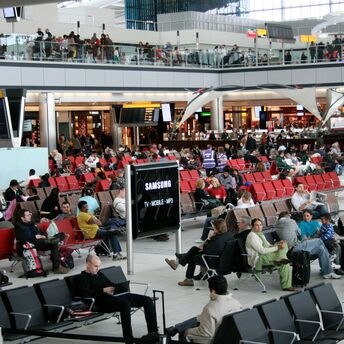New Etihad Routes Open Fresh Travel Paths Between the Middle East, Asia and Africa

Etihad Airways has launched new flight routes linking Abu Dhabi with several major destinations across Asia and Africa. This makes the city an even more important hub for air travel. The expansion, which began in early November 2025, is part of a larger plan to rebuild and diversify aviation networks that have been disrupted over many years. The new flights are meant to improve connections between the Gulf and fast-growing areas while also making it easier for people to travel for work and pleasure.
The airline's new routes show that they are moving away from relying only on traditional hubs and instead connecting new destinations directly to the Middle East. The routes are expected to boost tourism, trade, and cultural exchange by making it easier to get to new areas. The development also shows how the industry as a whole is working to improve regional connectivity and adapt to changing travel patterns in Asia and Africa.

Chiang Mai in northern Thailand is now easier to reach for travelers who love mountain scenery, traditional temples, and night markets full of local crafts. Hanoi, the capital of Vietnam, has a mix of colonial buildings, lakefronts, and a unique street food culture that attracts both backpackers and business travelers. These new features link travelers to some of Southeast Asia's most interesting and historically significant cities.
In North Africa, Tunis opens the door to the medina’s narrow alleys, ancient ruins of Carthage, and coastal views over the Mediterranean. Hong Kong highlights its famous skyline and bustling harbor. It combines lively markets, rich culinary traditions, and creative art spaces that showcase the vibrant spirit of the city. Travelers planning multi-stop journeys can now take advantage of the expanded network, which makes it easier to connect regions that were once challenging to include in a single trip.

Etihad’s latest route expansion shows the steady revival of international aviation and the increasing pace of global travel demand. By linking Abu Dhabi with culturally diverse cities, the airline enables smoother travel between continents and gives passengers more opportunities to explore new destinations. For the tourism sector, this highlights how airlines are adapting their flight networks to meet growing demand for travel and strengthen regional connections.



















